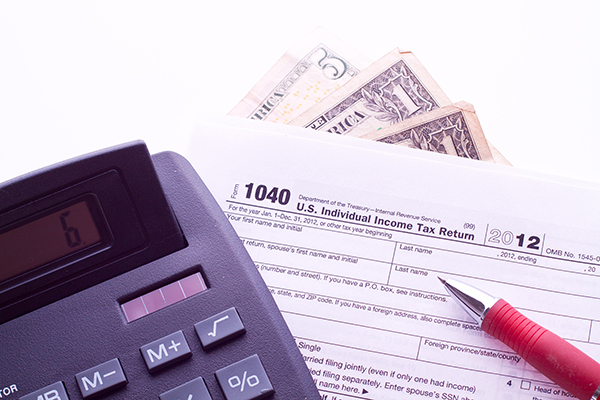KEY TAKEAWAYS
Most homeowners just simply believe it is unlikely that their home will ever suffer a total loss. But, losses do happen. Owners of homes that are not properly insured are often faced with huge out-of-pocket expenses to reconstruct their residence.
Many are underinsured.
Three out of five American homes are underinsured by an average of 20 percent according to CoreLogic, a firm that many insurance companies rely on for help in calculating the value of houses. Many homeowners don’t check to be sure their home is valued properly or that their insurance coverage is keeping pace with inflation.
Why do some people not insure their home to its value?
Most homeowners just simply believe it is unlikely that their home will ever suffer a total loss. But, losses do happen. Each minute, 67 home fires ignite across the United States, according to a 2019 report by the National Fire Protection Association. Owners of homes that are not properly insured are often faced with huge out-of-pocket expenses to reconstruct their residence.
Some homeowners believe that adding this additional coverage is expensive. However, the cost is usually a nominal monthly fee—about what it costs to buy lunch—but is worth thousands of dollars of additional coverage. In the end, insuring your home to its proper value provides priceless peace of mind for you and your family.
Five ways to make sure your home is insured for the proper value:
Provide your insurance agent with accurate, detailed information about the size, layout, and distinctive features of your home. The uniqueness of your home might add to the value. Make sure you share this information with your agent so he or she can make an informed decision regarding your specific needs.
Review your homeowners policy with your agent on a regular basis – at least every three years – once a year is best – to be sure your coverage is keeping pace with inflation and with increases in construction costs.
Close coverage gaps. Insure your house at 100% of its value, or purchase what is known as replacement or repair cost protection, which, for a fairly nominal fee, increases the payout you would receive for a total loss to your home by as much as 25% of the amount of your home’s value as stated in your insurance policy.
Increase your coverage when you remodel your home. Make sure you consult with your insurance agent to review your remodeling efforts. Remodeling usually increases the value of a house and it is important to keep track of these differences in valuation.
Ask to have your home valued using a component-based valuation system. These are computer programs that “build” your house from the ground up on the computer screen, taking into account specific features, or components of your home. These systems adjust value based on whether or not your home has unique or customized fixtures and features, such as whirlpool tubs or designer cabinetry. These systems also pull in data from the construction industry to ensure that the most recent costs of labor and building materials, adjusted for the area in which you live, are factored into the final value.






